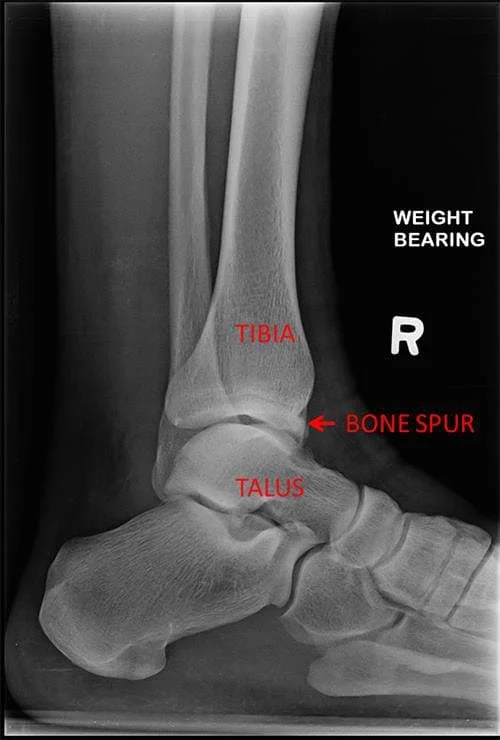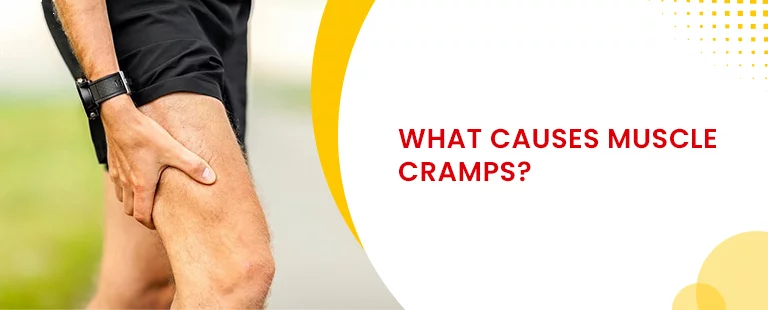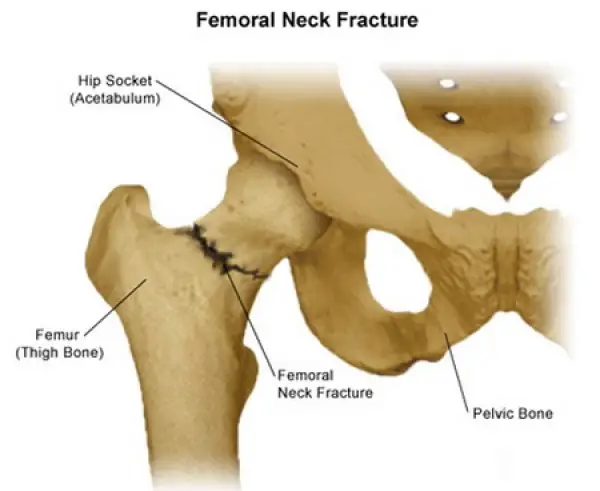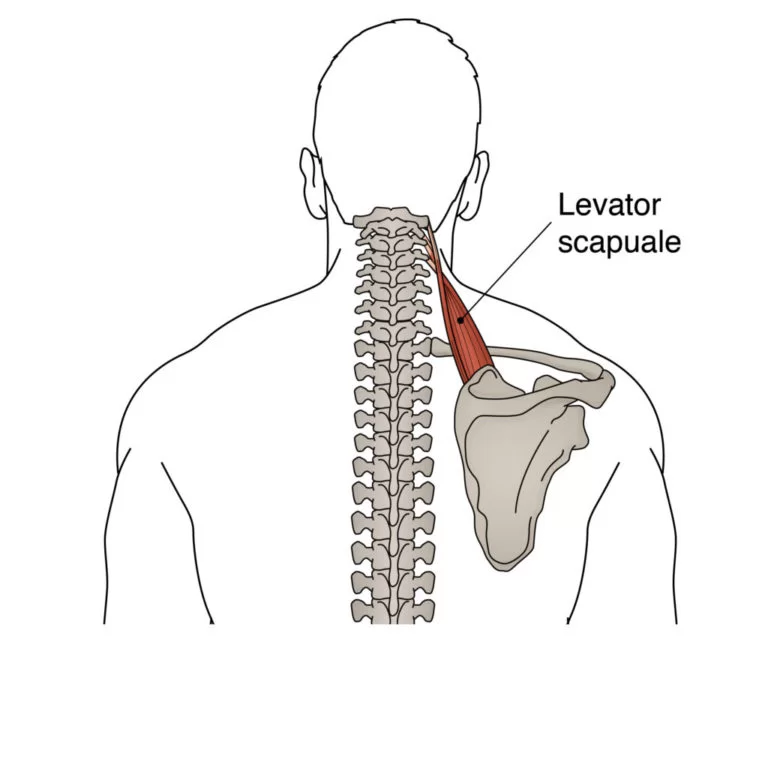Ankle Bone Spur
What is an Ankle Bone Spur?
Ankle bone spurs, also known as osteophytes, are bony outgrowths that develop on the bones of the ankle joint. They are a common orthopedic condition that can cause discomfort, pain, and restricted movement in the affected area. These spurs are typically the result of continuous wear and tear, often associated with joint degeneration, arthritis, or repetitive stress on the ankle joint.
As the ankle bone spurs form, they can lead to inflammation, swelling, and tenderness around the joint, making daily activities challenging and affecting the overall quality of life. Although ankle bone spurs can affect individuals of any age, they are more prevalent in older adults, particularly those with a history of joint-related conditions.
Causes of Ankle Bone Spur
Ankle bone spurs, also known as osteophytes, develop as a response to various factors that cause continuous stress and irritation to the ankle joint.
The primary causes of ankle bone spurs include:
- Overuse or Repetitive Stress
- Aging process.
- Wear and tear.
- Rheumatoid Arthritis
- Tendinitis or Tendon Injury
- After Bone Fractures or Trauma
- Disc and joint degeneration.
- Activities such as dancing and running etc.
- Obesity (Overweight)
- Poorly fitting shoes.
- High heels.
- Osteoarthritis.
- Plantar fasciitis
- Chronic Ankle Instability
- Poor posture.
- Poor Nutrition.
It is essential to address the underlying cause of ankle bone spurs to prevent further complications and manage the symptoms effectively.
Symptoms of Ankle Bone Spur
Ankle bone spurs can produce a range of symptoms, which may vary in intensity depending on the size and location of the spur, as well as the underlying cause. Some common symptoms associated with ankle bone spurs include:
- Pain.
- Swelling.
- Tearing.
- Corns and calluses.
- Numbness.
- Muscle weakness
- Burning and tingling.
- Muscle cramps
Pathology:
An osteoarthritis or tendonitis-related localized inflammation is what causes a bone spur, which is a small, pointed protrusion of bone. Injuries or inflammation of the adjacent cartilage or tendons cause bone spurs to form.
Diagnosis:
Physical Examination:
To identify the cause of the pain, the examiner asks the patient’s medical history and performs specific physical exams.
X-ray:
X-rays are useful for detecting the development of bone spurs and highlighting degeneration. The space between bones is also visible on the X-ray.
CT scan:
One of the most beneficial techniques is a CT scan, which is excellent for locating the bone spur and also shows how the bone outgrowths damage the nearby soft tissues.
Magnetic resonance imaging (MRI):
A sensitive diagnostic method is magnetic resonance imaging. It aids in evaluating and recognizing the alterations that take place in the bones and tissues. It can be used to make bone spurs visible as well.
Ultrasound imaging:
Bone spurs can be seen with ultrasound imaging, and the muscles and ligaments around joints can also be assessed. The ligaments may be strained or even ripped in cases with bone spurs.
Treatment of Ankle Bone Spur
The treatment for ankle bone spurs aims to reduce pain, improve joint function, and address the underlying cause of the spurs. The specific treatment approach will depend on the severity of symptoms, the size and location of the spurs, and the individual’s overall health. Generally, treatment options for ankle bone spurs can be categorized into conservative (non-surgical) and surgical methods:
Medication:
- Nonsteroidal anti-inflammatory drugs
- Corticosteroid injection
- Naproxen Sodium
- Acetaminophen
- Ibuprofen, etc.
Note: You shouldn’t take medication unless your doctor has prescribed it.
Surgery
It is advised to use conservative treatment while dealing with ankle bone spur pain. However, when the pain becomes unbearable and begins to affect the movement physically, surgery may be advised in some extreme situations.
a. Arthroscopic Surgery: For minor cases, arthroscopic surgery may be performed to remove the bone spur and address any joint-related issues using minimally invasive techniques.
b. Osteotomy: This surgical procedure involves cutting and reshaping the bone to relieve pressure on the joint and improve joint alignment.
c. Joint Fusion (Arthrodesis): In severe cases with extensive joint damage, joint fusion may be considered to stabilize the joint permanently.
d. Joint Replacement (Arthroplasty): For advanced arthritis and joint degeneration, joint replacement surgery may be recommended to replace the damaged joint with an artificial implant.
The choice of treatment will depend on various factors, including the severity of symptoms, the impact on daily activities, and the individual’s overall health and lifestyle. It is essential to consult with an orthopedic specialist or a podiatrist to determine the most appropriate treatment plan for ankle bone spurs.
Physiotherapy Treatment
Chronic heel spurs can be effectively treated with either ice therapy or cryotherapy. It can be applied to ease pain and inflammation.
Thermotherapy:
Thermotherapy aids in easing tight muscles and promoting blood and oxygen flow to the injured area. Heat therapy may also be useful for easing exercise-related pain.
Low laser therapy:
Heel spur treatment has been reported to be successful with low-level laser therapy (LLLT).
Massage:
Since deep tissue massage improves blood flow and gets rid of toxins, it may help with heel spurs.
Ultrasound:
It has been shown that therapeutic ultrasonography can effectively reduce pain and edema.
Extracorporeal Shock Wave Therapy (ESWT):
Physiotherapists utilize ESWT, a cutting-edge technology modality, to reduce pain and swelling.
Assistive Devices:
Using a cane or crutches can help offload weight from the affected ankle during walking or standing.
Night Splints:
For a few weeks, a night splint maintains the ankle’s 5-degree dorsiflexion. When a night splint is used as part of conservative treatment, patients have temporary relief from heel pain.
Heel Inserts:
Heel implants reduce stress by evenly spreading the pressure over the heel to decrease pain and inflammation caused by heel spurs.
Orthotics:
Custom orthotic inserts or supportive footwear can help distribute pressure evenly and reduce strain on the ankle joint.
Footwear Modification
As it works to correct over-pronation, fallen arches, and flat feet, appropriate footwear offers relief from heel pain and heel spurs.
Passive and active stretching:
To reduce inflammation around the spur, use muscular strengthening and stretching exercises. For symptom relief, the treatment plan may last 6 to 12 months.
How to reduce the risk of Ankle bone spurs?
Bone spurs cannot be completely prevented. But by maintaining a healthy lifestyle, you can lower your risk of getting them:
- Be physically fit.
- Eat a nutritious diet.
- In order to reduce additional strain on bones and Ankle joints, maintain a healthy weight.
- Maintain sufficient ergonomics (desk positioning) and excellent posture.
- Stretching and using safe exercise methods will help you avoid joint injuries. Don’t go excessive.
- Wear well-fitting, supportive shoes.
Conclusion
Ankle bone spurs, or osteophytes, are bony outgrowths that develop on the bones of the ankle joint due to continuous wear and tear, joint degeneration, or repetitive stress. They can lead to pain, swelling, limited range of motion, and decreased joint function, affecting an individual’s daily activities and overall quality of life.
Early diagnosis and appropriate treatment are essential for managing ankle bone spurs effectively. Conservative treatments, such as rest, physical therapy, medications, and orthotics, are often the first line of approach to relieve symptoms and promote healing. In more severe cases or when conservative methods are ineffective, surgical options may be considered, including arthroscopic surgery, osteotomy, joint fusion, or joint replacement.
Preventive measures, such as maintaining a healthy lifestyle, avoiding excessive strain on the ankle joint, and wearing appropriate footwear, can help reduce the risk of developing ankle bone spurs.
If you experience persistent ankle pain, swelling, or restricted movement, seeking medical evaluation from a qualified healthcare professional is essential for an accurate diagnosis and personalized treatment plan. With proper care and intervention, individuals with ankle bone spurs can achieve improved joint function and find relief from pain, allowing them to lead a more active and fulfilling life.
FAQs
How are bone spurs in the ankle treated?
Using either arthroscopic surgery, which is a minimally invasive procedure, or traditional open surgery, which necessitates a larger incision, surgeons can remove bone spurs as well as stray bits of cartilage of the ankle joint.
Do ankle bone spurs go away?
Unless they are surgically removed, Ankle bone spurs don’t go away on their own.
What does an ankle bone spur feel like?
The ankle flexes upward at the precise instant when this discomfort is felt. If the ligaments within the synovium of the ankle joint capsule are irritated, there may also be swelling and a feeling of throbbing pain.
What causes bone spurs in the ankle?
The most typical cause of bone spurs is joint deterioration caused by osteoarthritis. Your body attempts to replace the lost cartilage by growing bone spurs close to the injured location when osteoarthritis wears away the cartilage protecting the ends of your bones.
Can bone spurs go away naturally?
Bone spurs typically do not disappear on their own. Additionally, bone spurs could be asymptomatic and not need any care. However, treatment may be required if bone spurs are resulting in pain, irritation, or restricted movement.








2 Comments